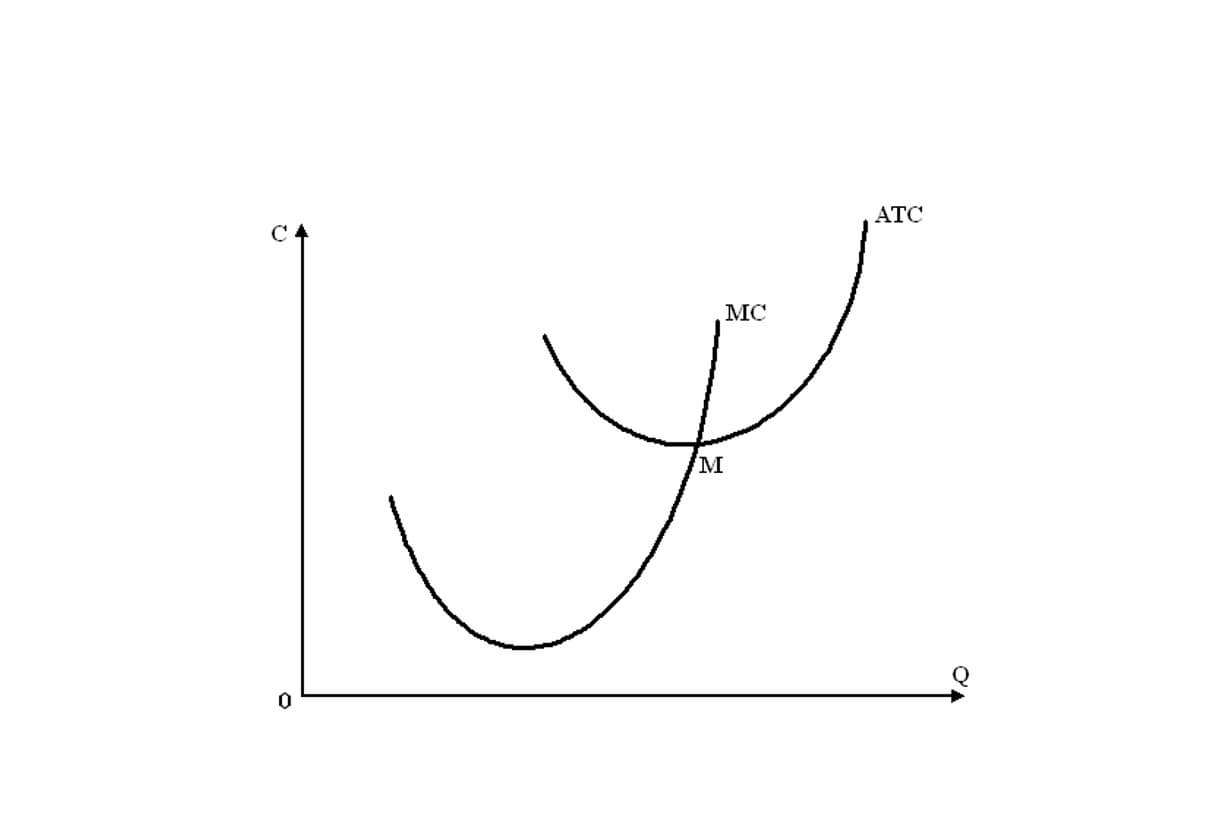

As a small business owner, you want to make your own decisions, and with FOB shipping point, it’s a matter of finding the right balance between reward and risk. We always needed, however, one pallet of books shipped to our offices for direct sales and marketing purposes. The FOB destination terms included the stipulation that the printer delivered to one address and having them split the order in San Diego was a significant extra expense for us.
- Upholding and adhering to International Commercial Terms is critical to international trade and commerce and to individuals as well.
- This means the seller retains ownership and responsibility for the goods during the shipping process until they’re delivered to the buyer’s specified location.
- This arrangement can be more expensive for the buyer, particularly if the shipment is large or travels a long distance.
- A common mistake is to use FOB (Free on Board) Incoterms® for containerised goods instead of using a rule for all transport modes.
- In freight collect, the buyer pays for the shipping charges and is also responsible for filing the insurance claim (just in case).
- If you’re involved in the world of freight shipping, you may have heard the terms FOB Shipping Point and FOB Destination thrown around.
Freight 101 Library


Upon delivery of the goods to the destination, the title for the goods transfers from the supplier to the buyer. The term ‘free’ refers to the supplier’s obligation to deliver goods to a specific location, later to be transferred to a carrier. Since there is more than one set of rules and legal definitions of FOB, which may differ from one country to another, the parties to a contract must indicate which governing laws are being used for a shipment. The most common international trade terms are Incoterms, which the International Chamber of Commerce publishes, though firms that ship goods within the U.S. must adhere to the Uniform Commercial Code. In this case, the seller completes the sale in its records once the goods arrive at the receiving dock.
Free on Board (FOB) shipping costs
There are 11 internationally recognized Incoterms that cover buyer and seller responsibilities during exports. Some Incoterms can be used only for transport via sea, while others can be used for any mode of transportation. If a shipment is sent fob shipping point, the sale is considered complete as soon as the items are with the shipment carrier. At the same time, the buyer will record the goods as inventory, even though they’re yet to physically receive them. FOB destination shipping is in the buyer’s best interest and an effective way for businesses to enhance their customer service.


Top 10 Freight Forwarding Training Courses in 2024


FOB Shipping Point, on the other hand, places the responsibility on the buyer once the goods are loaded onto the carrier. It is important for buyers and sellers to understand the terms of their agreement and which FOB term is being used to avoid any confusion or disputes. Understanding Free on Board (FOB) is crucial for businesses engaged in domestic and international trade. FOB Origin and FOB Destination each come with their own set of responsibilities, costs, and risks for buyers and sellers. By clearly defining these terms in their contracts and agreements, parties can help ensure a smooth transfer of goods and minimize the potential for disputes. FOB destination is a type of Incoterm (international commercial term) used in international trade.


Greater control over transportation
- Domestic shipments within the United States or Canada often use a different meaning, specific to North America, which is inconsistent with the Incoterms standards.
- But it’s good practice for either the buyer or seller to obtain China freight insurance.
- The buyer should record the purchase, the account payable, and the increase in its inventory as of December 30 (the date that the purchase took place).
- FOB (Free On Board) means the seller’s responsibilities end once the goods reach the ship’s rail, so the buyer takes over.
- At Eurosender, we collaborate with reliable cargo transport companies and international carriers and will connect you to the best provider for you.
Once the delivery is unloaded in the receiving country, responsibility is transferred to you. Unlike FOB shipping, the supplier is not required to ensure the safe movement from port to ship. With FOB shipping point, ownership of goods is transferred to the buyer once they leave the supplier’s shipping point.
- It allows the buyer to have more control over the transportation process and choose their preferred carrier and shipping method.
- With Synder, you’ll be able to keep track of your shipping amounts and record them into your books flawlessly.
- The key is to keep your shipping documents clear, maintain open lines of communication, and consult experts when necessary.
- FOT (Free on Truck) is a term referring to cargo being carried by truck and can be used when shipping goods by truck.
- These provisions outline the point when responsibility for risk of loss shifts to the buyer, who covers the freight charges, delivery location and time, and the payment terms for the shipments.
Loss or Damage During Transit
The entire shipping process, from carrier selection to route decisions, is in the seller’s hands. With clearly defined points for risk and cost transfer, both parties can better understand and plan for their respective responsibilities. Free on Board, commonly referred to as F.O.B., is a shipping designation used to specify obligations and responsibilities for goods when they are shifted from seller to buyer as sea freight. While there are pros and cons to all of these choices, it’s crucial to remember that the goods being imported and exported will determine which transportation method is best.
FAQ: Common Questions About FOB Shipping Terms


Clearly understanding these responsibilities enables a smooth transition between the parties at the handover point and avoids misunderstandings. When you agree to receive items under FOB shipping point terms, it’s essential to be aware of your liabilities. From that point, the buyer is responsible for making further transport arrangements. Beyond those costs, FOB terms also affect how and when a business will account for goods in its inventory. Shipping costs are usually tied to FOB status, with shipping paid for by whichever party is responsible for transit. Hopefully, the buyer in this example took out cargo insurance and can file a claim.
- Whether it’s “FOB Origin” or “FOB Destination,” these terms spell out whether the buyer or seller pays the freight charges and at what point ownership passes between the two parties.
- Instead, the manufacturer retains ownership of the equipment until it’s delivered to the buyer.
- In this comprehensive guide, you’ll find key insights into the nuts and bolts of FOB—from its basic meaning to its various designations like FOB shipping point and FOB destination.
- In this case, the seller also assumes more risk, and buyers may experience longer transit times, especially in international trade.
- Understanding these variations can profoundly affect your supply chain and your ability to manage shipping costs effectively.
- The advantages of using FOB Shipping Point include that it is typically less expensive for the seller since they are only responsible for transporting goods to the shipping point.

No Comments